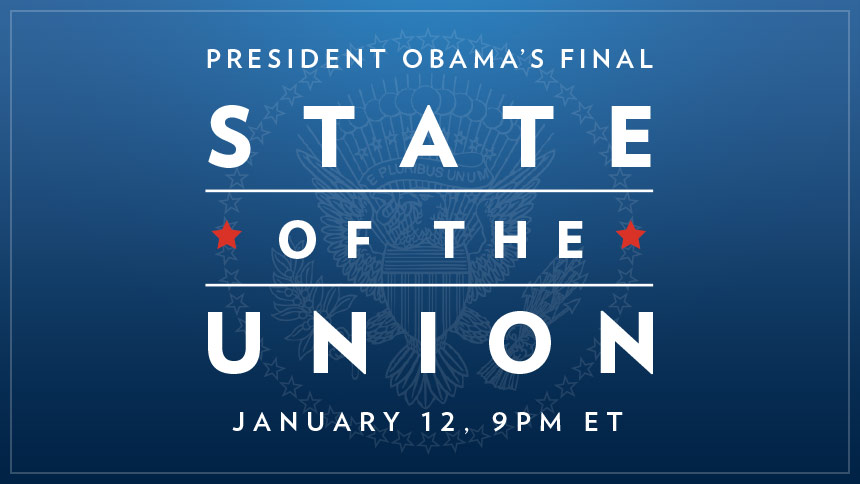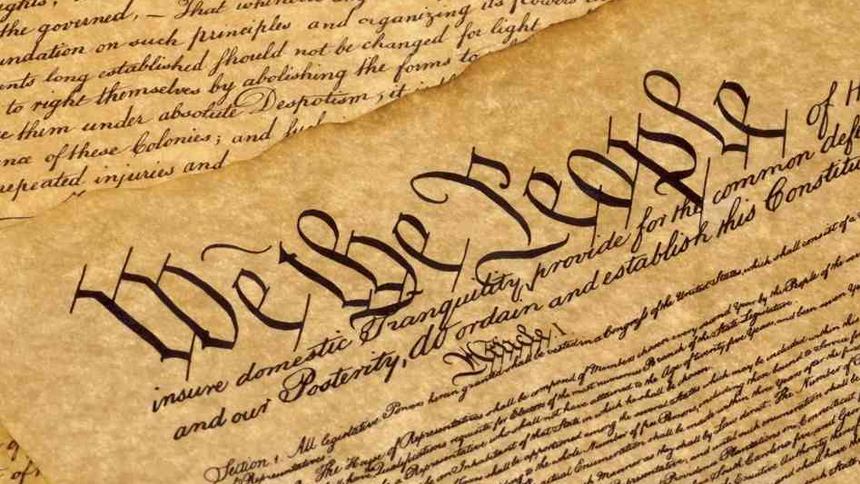
Editor's note: This post was originally published on the official blog of the U.S. Department of Education.
In only two years, the 12 states with Race to the Top grants continue to show improvements in teaching and learning in their schools. Last week, the U.S. Department of Education released state-specific reports for the 12 Race to the Top states, providing detailed, transparent summaries of each state’s accomplishments and challenges in year two, which covered the 2011-12 school year.
The 12 states—Delaware, the District of Columbia, Florida, Georgia, Hawaii, Maryland, Massachusetts, New York, North Carolina, Ohio, Rhode Island and Tennessee—reached a number of benchmarks in year two, as they implemented unique plans built around Race to the Top’s four assurance areas:
- Implementing college- and career-ready standards and assessments,
- Building robust data systems to improve instruction,
- Supporting great teachers and school leaders, and
- Turning around persistently low-performing schools.
Some of the exciting new investments states are making include development of new science, technology, engineering and math (STEM) schools or programs, new pipelines for teachers and leaders, and building robust data systems to improve instruction.
“Race to the Top has sparked dramatic changes, and in only the second year of the program we’re seeing those results reach the classroom,” Secretary Arne Duncan said about the reports. “Comprehensive education reform isn’t easy, and a few states have faced major challenges in implementing their plans. As we reach the halfway point, we need to see every state show results.”
Learn more about Race to the Top, and read the reports.
Cameron Brenchley is Director of Digital Strategy at the U.S. Department of Education


